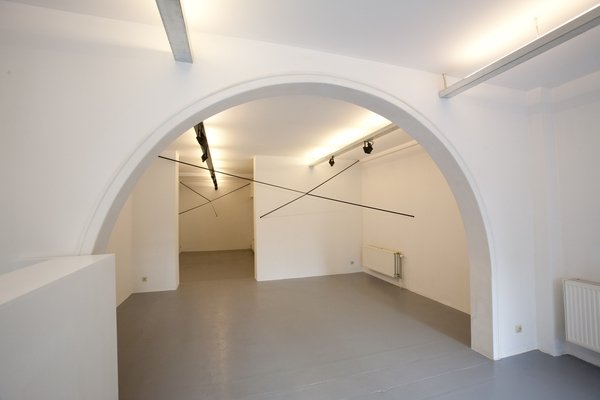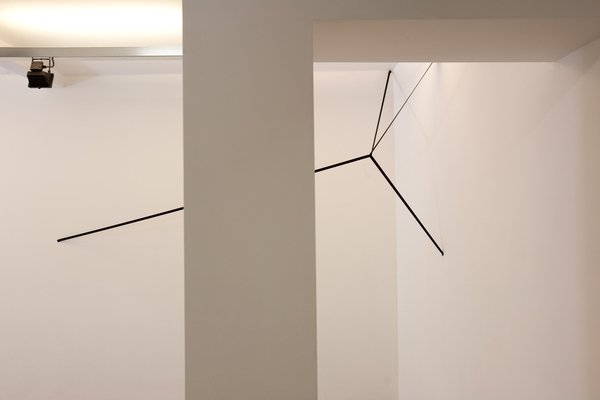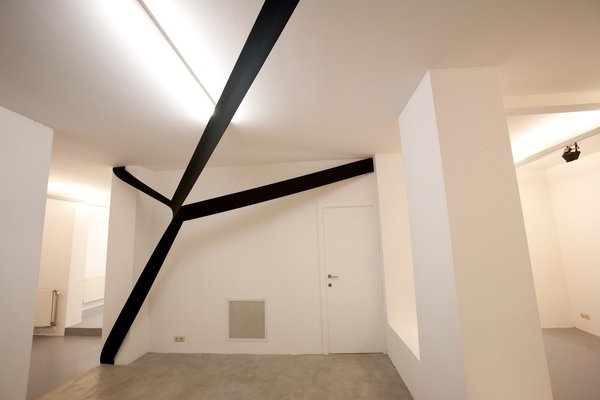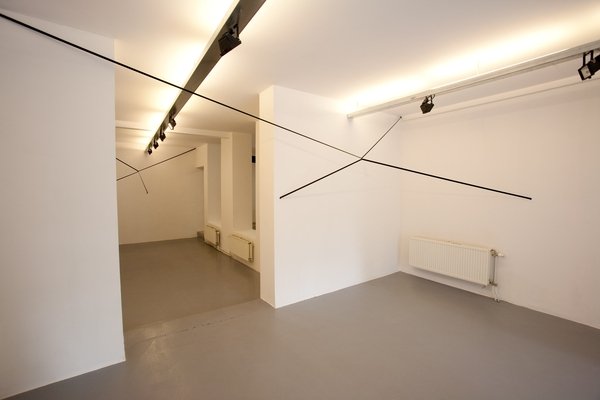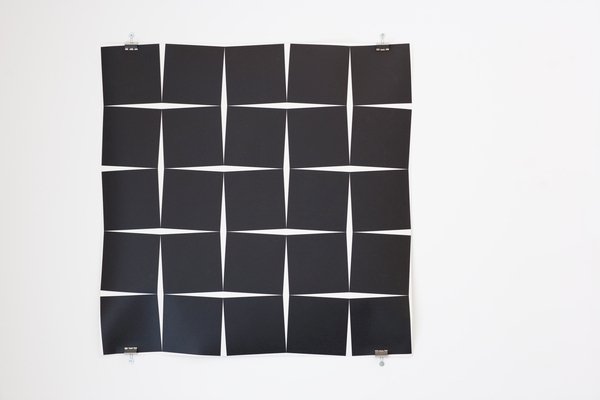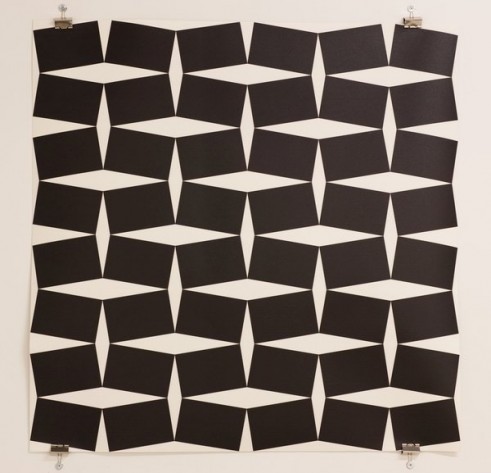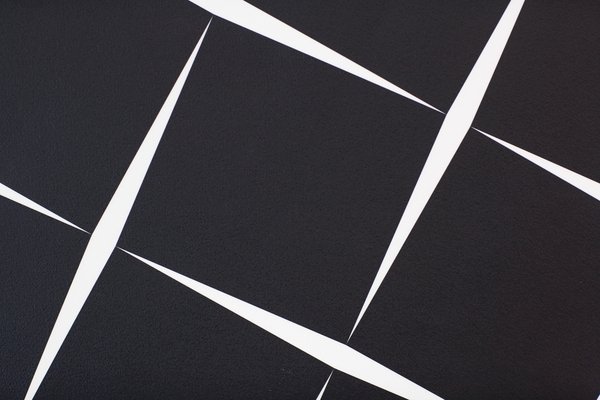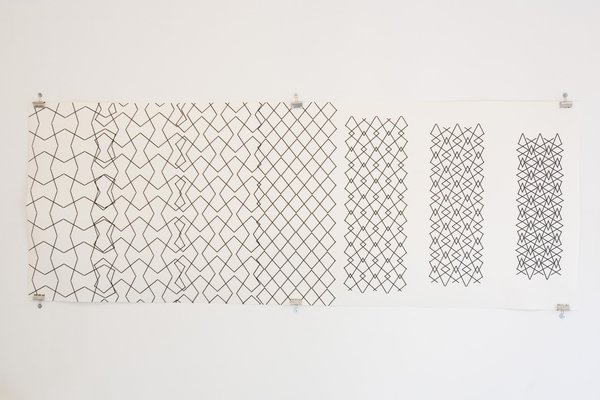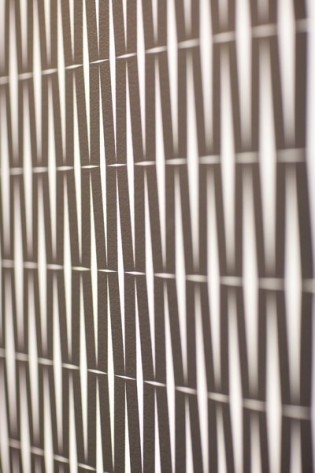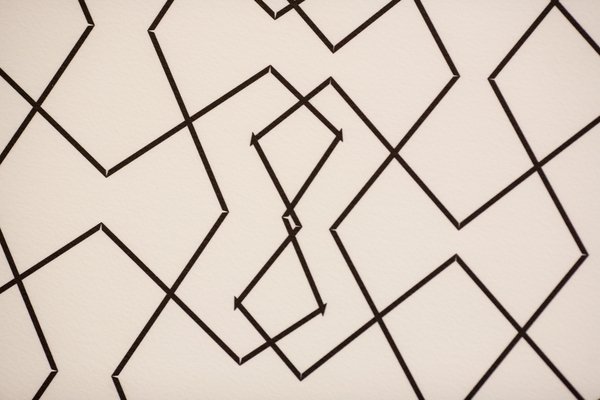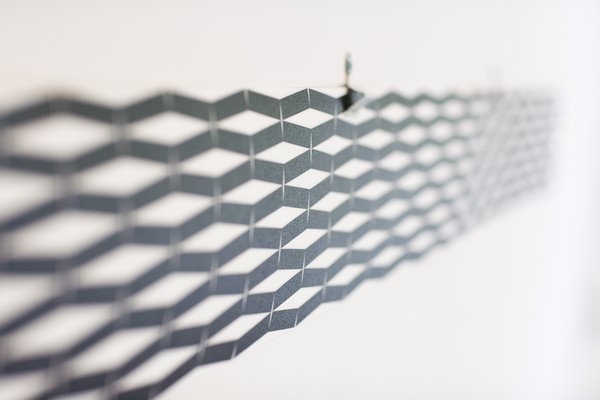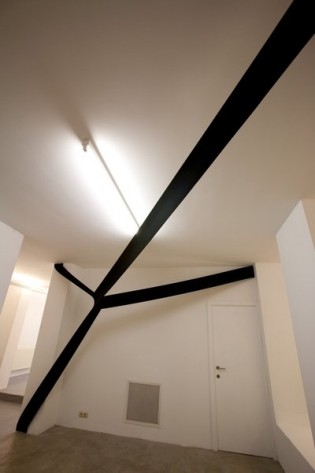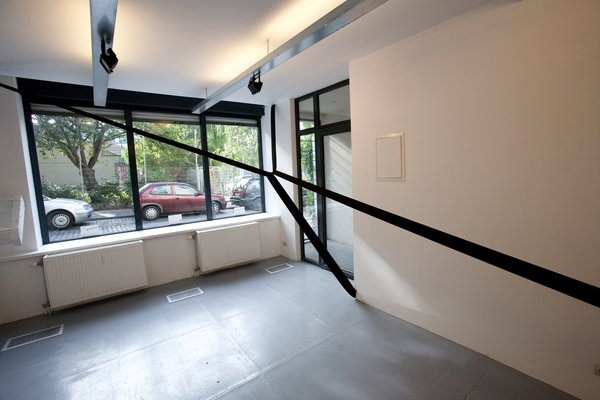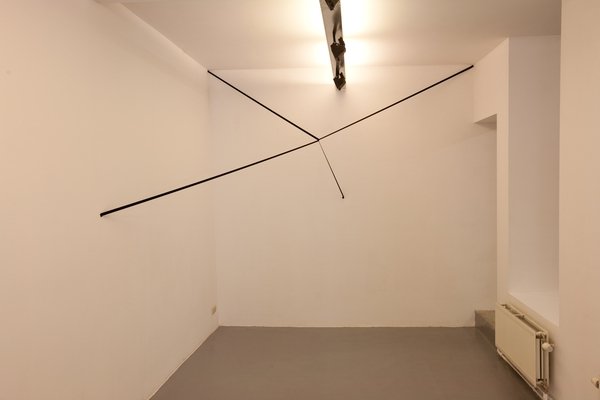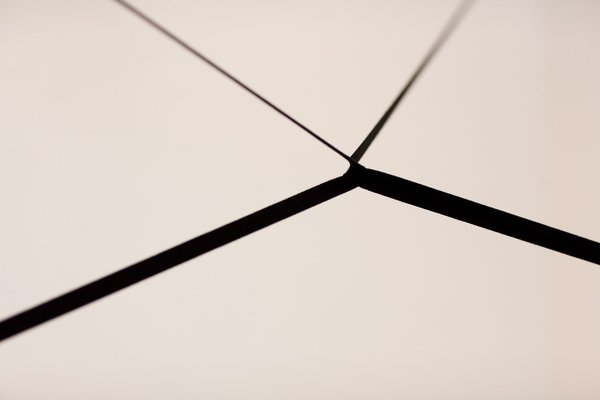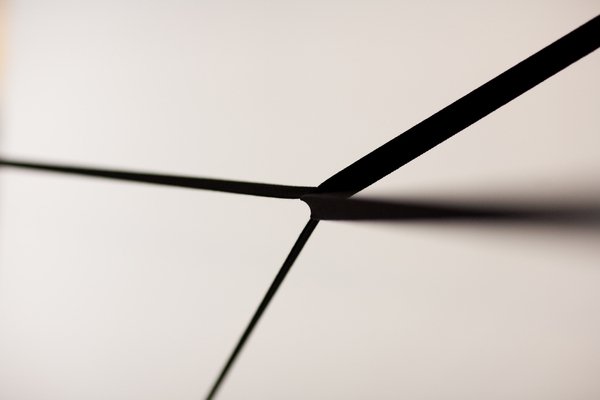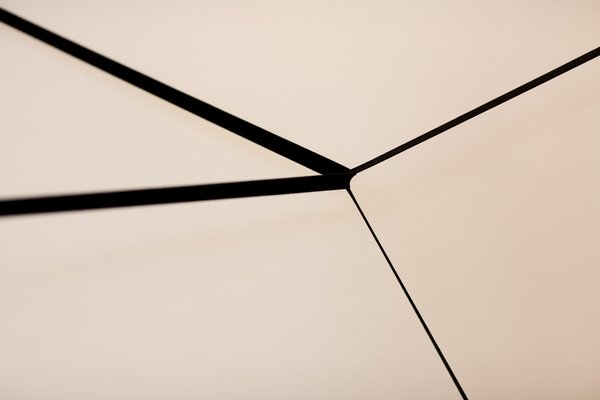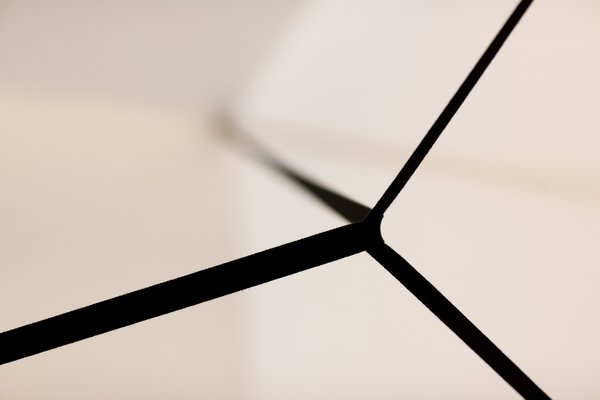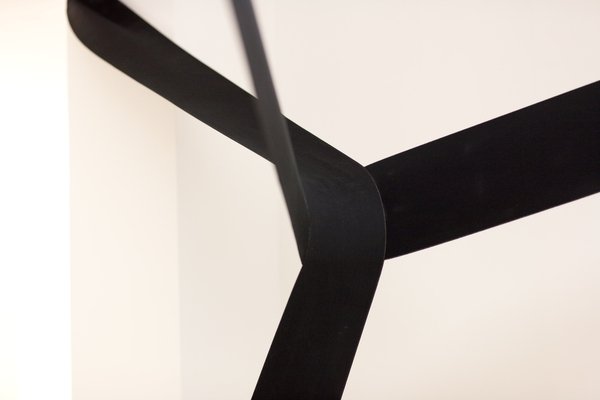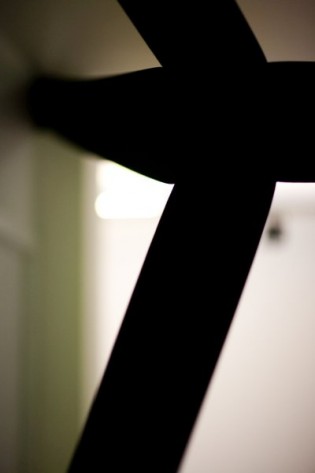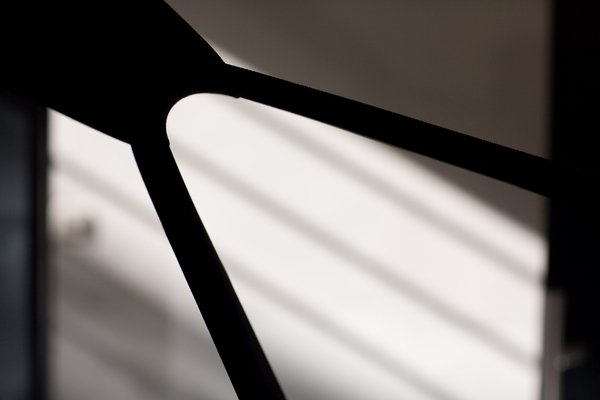JULIEN MIJANGOS
OCTOBER 2 - NOVEMBER 14, 2009Press release
Elastic straps and drawings
On the occasion of its inauguration, Sébastien Ricou Gallery is pleased to present the French artist Julien
Mijangos’ first solo exhibition in Belgium.
Using black elastic straps, Julien Mijangos sets out to place both the exhibition space and these “cymas”
under
tension. Crossing each other in pairs, the straps move away from the walls – where they are fixed at their
extre- mities – whilst being stretched to echo the latter in their length, height and width. Worked out from a
precise survey of the display space, the crossing over of the straps thus reveals the magnitudes and distances
of the latter. For the artist, the space is not, therefore, destined to disappear in favor of a spectacle
detached from its context and entirely subjective; quite the opposite, in fact: it plays a full part in the
direct perception of the work.
In essence, it is the arrangement and sequence of the walls that gives rise to and determines those of the
sculptural interventions. In situ and conceived in proportion to their exhibition space, they are, in spite of
all that, transferable. Effectively, Julien Mijangos’ process relies on a program, on a principle of
intervention that can be replayed or updated in accordance with the proportions of the space being used. As
the
artist explains, “Whatever marks out a specific space can fit in just as well with the familiar aspects of our
other constructed spaces”.
This question of proportion, of being “in proportion to whatever is happening”, is also present in his
two-dimensional works on paper. Their sizes all correspond with the size of the support according to a very
simple rule: each one of the black geometric shapes drawn “must touch its peers at the corners”. As for the
outlines, i.e. the sharp edges of each piece of paper, these give rise – or not – to the possibility in each
drawing of “distance”. The absence of borders introduces a certain tension between the center and the
periphery;
where borders are present, this creates a surface relationship, a playfulness between surfaces, both the
external one of the drawing and that of the support, always somewhat larger than the surface actually cove-
red
by black ink.
“Drawings allow me to play with the rules over and over, to approach things the wrong or the right way round”
explains the artist. “Creating an object or a sculpture allows me to form the basis of the intervention, the
material nature of the object, and my take on it or the use I want to put it to in relation to its
environment.
But that gives rise to a form that is always twisted in a certain direction, immediately oriented in a certain
way. After that, I carry out manipulations, of which the drawings form a part, whose aim is to multiply the
experimentation and further investigate this rough and complicated object, this initial idea whose area of
application can sometimes be very local. This frees it from space, widens the possibilities or trims them down
if you prefer. Essentially, it involves the understanding that the initial idea is only a branch, and that
each
of the drawings encourages others to grow, which in the end allows me to establish which trunk I will work
from.
So the drawings allow a glimpse of a trunk amongst the branches – and this contributes towards an opening up
of
the possibilities, an opening up that multiplies them as much as it defines them, with the help of a modus
operandi that some might find, at first glance, extremely limited and rigid. I do not feel any freedom in the
simple fact of having the choice between innumerable and varying directions. Freedom comes later, when I opt
for
one precise thing instead of another.”
Born in 1976, Julien Mijangos lives in Berlin. His work has been shown at solo and group exhibitions both in
France and abroad.
Views
